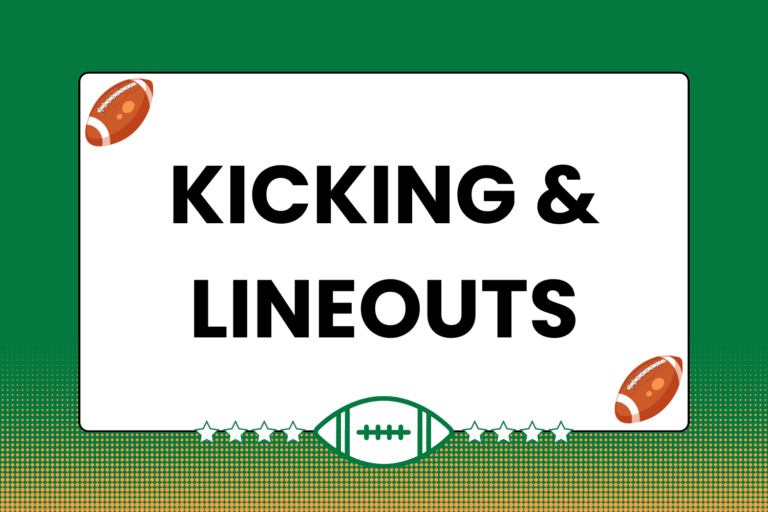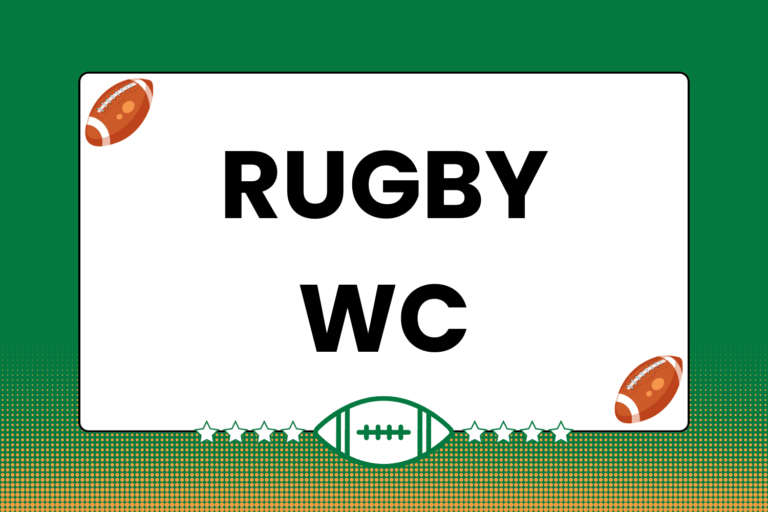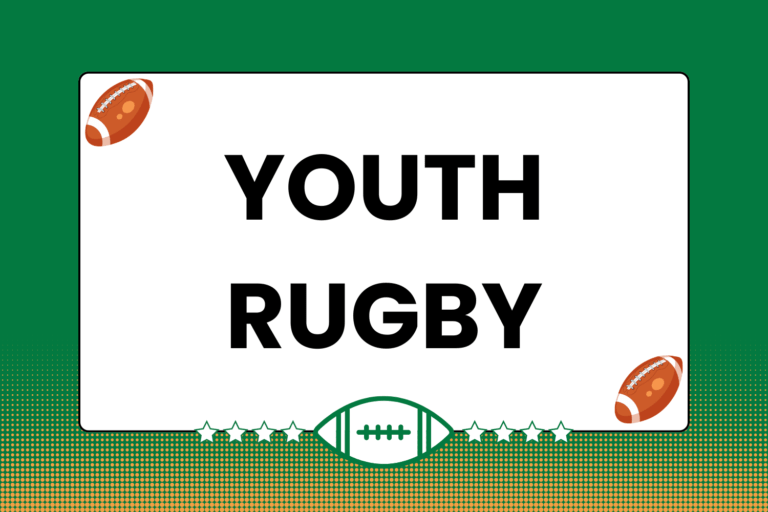The scrum is one of the most important and recognizable mainstays in rugby. Many games have been won or lost based on a team’s scrumming abilities — or lack thereof. Though the structure of the scrum remains unchanged from one to the next (unless a forward is sent off), there are several strategy-specific elements that should be figured out prior to a game. One such element is the pack’s ability to move the scrum around the field. This guide examines the two ways that the scrum is permitted to move around during a game.
Scrum Mobility
Though the scrum itself (or more specifically, the players involved) constantly moves around a little bit, there are two ways that the scrum can be directed to move that specifically relate to one side’s scrumming strategy:
- Driving the scrum forward.
- Wheeling the scrum to the side.
Driving the Scrum
Driving the scrum forward is a power move, pure and simple. One pack attempts to out-muscle the other by driving it backwards towards its own goal line.
- If the pack that’s driving the scrum has won possession of the ball, they can technically keep driving the opposing pack backwards as far as possible. The ball only has to be played out once the scrum has stopped moving.
- If the pack that’s driving the scrum has lost possession of the ball, they can try to drive the opposing pack backwards to make it difficult for them to play the ball out. At the very least, it will force the other team to play it out from a less advantageous field position.
The key to driving the scrum comes down to power and teamwork. In order to drive the scrum, you need to have strong forwards, but the pack’s ability to work together is equally important. Working as a cohesive unit is much easier when every forward in the pack knows his job and how to do that job.
Mental Edge
In U-19 rugby matches, the rules about driving and wheeling don’t apply. For these games, the scrum may only be driven 1.5 meters in either direction before the ball has to be played out, and there is no wheeling allowed whatsoever.
Wheeling the Scrum
Driving the scrum can be difficult, especially against a well-trained pack. However, even more difficult is attempting to wheel the scrum, which involves rotating the scrum to one side or the other. Wheeling is more difficult than driving because it requires one side of the front row to essentially stay stationary — and in some cases, back up slightly — while the other side drives forward. Successful wheeling depends directly on the pack’s ability to work together in this fashion.
Wheeling the scrum creates a positioning advantage for the pack with the ball. When a scrum is wheeled, it allows that pack a chance to decide the angle at which the ball is played out. Wheeling can be used at any time, but it’s especially valuable if the scrum occurs at a rare or opportune spot — right next to a touch line or in-goal zone, for example. In such situations, wheeling the scrum allows the ball to be played out from an angle that’s advantageous to the side with the ball.
There are a couple of technicalities that go along with wheeling the scrum:
- If the scrum is wheeled beyond 90 degrees, then the scrum is restarted and the other team is awarded the put-in.
- The backs on both teams must still stay five meters behind the scrum.
- Wheeling constitutes movement, so the ball doesn’t have to be played out as long as the wheeling action continues.
Making Moves
The pack’s ability to manipulate the scrum during the course of a game has a direct impact on its success in the scrum — and indeed, on its team’s chances of winning the game. The more influence a pack has on the scrum as a whole, the bigger an advantage it has over the other side’s pack. In essence, success in the scrum directly depends on the pack’s ability to control its movement.





